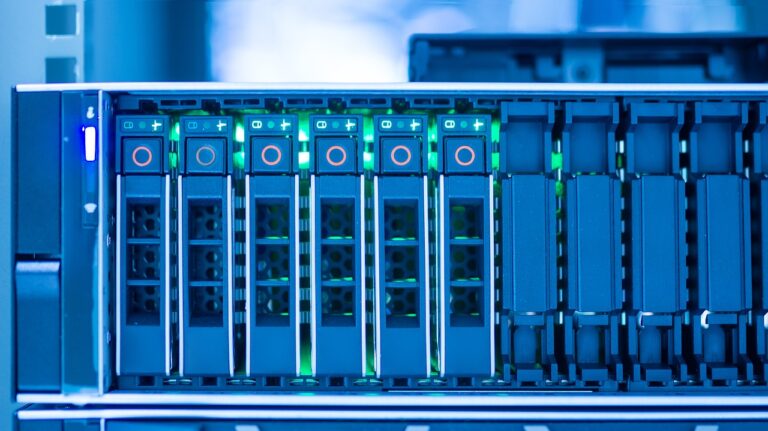The Impact of Edge Computing on Remote Smart City Infrastructure Development
Edge computing plays a crucial role in enhancing the efficiency and responsiveness of smart city infrastructure. By decentralizing data processing and analysis closer to the source of data generation, edge computing reduces latency and improves real-time decision-making capabilities. This distributed computing model enables smart cities to optimize resource utilization, enhance security measures, and deliver more personalized services to residents.
Furthermore, edge computing empowers smart city systems to handle the massive volume of data generated by various IoT devices seamlessly. With the ability to process data locally at the network edge, smart city applications can operate efficiently even in bandwidth-constrained environments. This approach not only minimizes the strain on centralized cloud resources but also enables smart city infrastructure to adapt dynamically to changing conditions and requirements.
Challenges of Implementing Edge Computing in Remote Areas
Remote areas present a unique set of challenges when it comes to implementing edge computing technology. One of the main obstacles is the lack of reliable network connectivity in these locations. Without a stable internet connection, the seamless operation of edge computing devices is compromised, hindering their effectiveness.
Moreover, the limited access to skilled IT professionals in remote areas poses a significant challenge. Setting up and maintaining edge computing infrastructure requires specialized knowledge and expertise, which may not be readily available in these regions. This shortage of qualified personnel can impede the successful deployment and management of edge computing systems in remote areas.
Benefits of Edge Computing for Smart City Development
Edge computing plays a crucial role in the development of smart cities by bringing data processing closer to the source, reducing latency, and enhancing overall efficiency. By processing data locally at the edge, smart city applications can operate more swiftly, enabling real-time decision-making in various sectors such as traffic management, public safety, and energy optimization. This decentralized approach also minimizes the strain on central data centers, leading to cost savings and improved scalability for smart city infrastructure.
Furthermore, edge computing enhances data security and privacy for smart cities by enabling sensitive information to be processed and stored locally. This helps in complying with data protection regulations and ensures that critical data does not need to travel over long distances, reducing the risk of potential cyber threats. With the ability to analyze and act on data at the network’s edge, smart city initiatives can deliver personalized services, optimize resource allocation, and improve overall urban livability for residents and businesses alike.
What is the role of edge computing in smart city infrastructure?
Edge computing plays a crucial role in smart city infrastructure by enabling real-time data processing and analysis at the edge of the network, reducing latency and improving efficiency.
What are the challenges of implementing edge computing in remote areas?
Some of the challenges of implementing edge computing in remote areas include limited connectivity, lack of access to reliable power sources, and the need for specialized infrastructure.
What are the benefits of edge computing for smart city development?
The benefits of edge computing for smart city development include reduced latency, improved data security, increased efficiency, scalability, and cost savings. Edge computing also allows for faster decision-making and enhanced services for residents.







